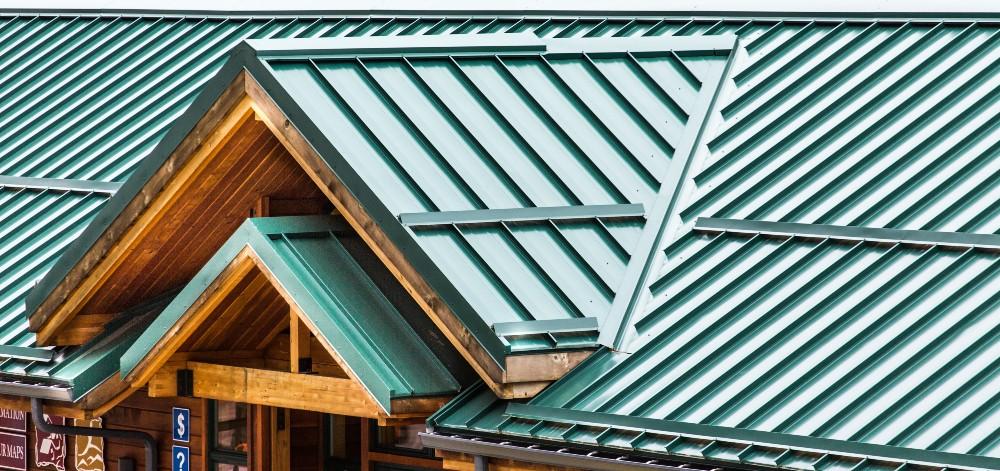When it comes to roofing materials, metal roofing has gained popularity due to its durability, longevity, and aesthetic appeal. Many homeowners and contractors are considering metal roofing as a viable option for their projects. However, a common question that arises is whether it is possible to install metal roofing directly on plywood. In this article, we will explore this topic in detail and provide insights into the feasibility and best practices of installing metal roofing on plywood.

Understanding the Basics:
Before diving into the question of whether metal roofing can be installed directly on plywood, it is essential to understand the fundamental principles of roofing installation. Plywood is a commonly used material for roof sheathing, providing a stable and even surface for the roofing materials to be applied. However, plywood alone may not provide adequate protection against leaks and other weather-related issues. Therefore, additional layers such as underlayment are typically installed over the plywood to enhance waterproofing and insulation.
The Role of Underlayment: Importance of Underlayment in Roofing
Underlayment plays a crucial role in roofing systems by acting as a secondary barrier against water infiltration and enhancing the overall performance of the roof. The underlayment, made of asphalt-saturated felt or synthetic materials, is installed over the plywood to provide added protection and a smooth surface for metal roofing installation.
Installing Metal Roofing on Plywood: Can Metal Roofing be Installed Directly on Plywood?
Now that we understand the significance of underlayment, let’s address the question at hand. Can metal roofing be installed directly on plywood? The answer is no. It is not recommended to install this roof directly on plywood without the use of underlayment. Metal roofing requires a stable, moisture-resistant surface for optimal performance, and plywood alone may not provide sufficient protection against potential leaks and moisture buildup.
The Benefits of Underlayment: Advantages of Using Underlayment with Metal Roofing
Using underlayment in conjunction with metal roofing offers several benefits. Firstly, underlayment acts as a waterproof barrier, preventing water from seeping through the roof and causing damage to the plywood. It also helps to distribute the weight of the metal roofing more evenly, reducing the risk of structural issues over time. Additionally, underlayment provides insulation, reducing heat transfer and improving energy efficiency in the building.
Installation Best Practices: Proper Installation Guidelines
To ensure a successful installation of metal roofing on plywood, it is crucial to follow proper guidelines and industry best practices. Here are a few key steps to consider:
- Prepare the plywood surface: Make sure the plywood is clean, dry, and free from any debris or protruding nails. Repair any damaged areas before proceeding.
- Install underlayment: Roll out the underlayment over the plywood, ensuring it overlaps correctly as per the manufacturer’s recommendations. Secure the underlayment in place using appropriate fasteners.
- Metal roofing installation: After installing the underlayment correctly, apply the metal roofing panels following the manufacturer’s instructions. Follow the recommended methods for attaching the panels securely to the roof structure.
- Finishing touches: Complete the installation with trim, flashing, and sealants for a watertight and pleasing result.
Conclusion:
In conclusion, while plywood provides a suitable base for roof sheathing, it is not recommended to install metal roofing directly on plywood without the use of underlayment. Underlayment serves as an essential layer that enhances waterproofing, insulation, and overall performance of the roofing system. By following proper installation guidelines and using underlayment, homeowners and contractors can ensure a durable, long-lasting, and weather-resistant metal roof. Consulting with a professional roofing contractor ensures successful installation and maximizes the lifespan of your metal roofing.



Leave a Reply